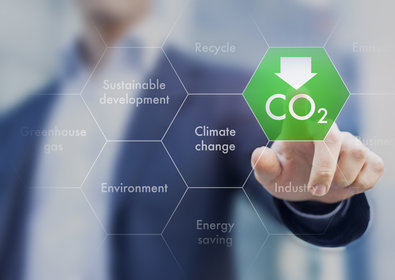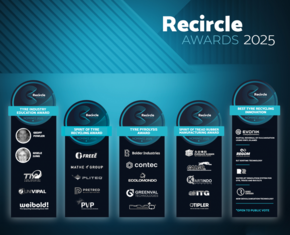
29/04/2021
Bio-fuel and e-fuel, a continually evolving green solution
Simonluca Pini - Contributor Editor at Il Sole 24 Ore
Automotive industry invests in synthetic fuels and biofuels such as bioethanol, biodiesel and biogas
Electricity is not the only solution to combat rising pollution levels. Although mobility is increasingly moving towards an exclusively zero-emission model, ICE vehicles and electrified variants will still be on the market for a long time to come. We are faced, therefore, with the need to have fuels with the lowest possible environmental impact. This is where synthetic fuels and biofuels come in.
According to the definition, provided by Il Sole 24 Ore, these are liquid fuels produced from renewable sources, usually of agricultural origin, destined to power vehicles as a partial or total replacement of fossil fuels. These are divided into: bioethanol, biodiesel and biogas, substitutes or additives of gasoline, diesel and CNG respectively. In some countries, such as Brazil and the United States, biofuels have experienced a strong development. These are first-generation biofuels obtained from cereals, sugar plants and vegetable oils in competition with food agricultural production, such as ethanol from wheat and sugar cane. As for synthetic fuels, also called e-Fuels, this means liquid fuels with low or no carbon content and synthetic fuels obtained by combining hydrogen and carbon dioxide. E-Fuels may be an answer to reducing emissions in ICEs and electrified vehicles. According to a German high-performance car manufacturer, e-fuels will be able to equalize the CO2 produced to the kind of pollution free driving we expect from electric cars, eliminating, or almost, the most harmful nitrogen oxides. According to the same German manufacturer, the expected result is an 85% reduction in emissions and the complete absence of waste products compared to a normal ICE unit. In addition, the use of synthetic fuels does not need any engine modifications, so in theory all vehicles could use them without problems. Added to this, no reduction in performance is foreseen, although the key aspect relates to the emission reduction of both carbon dioxide and nitrogen oxides.
In addition to use on the road, e-fuels have all the qualities to become a significant presence in the world of competition, as they do not alter the performance of the car and do not require substantial modifications to the engines. Of course, in this list of alternative solutions to electric mobility, we cannot neglect to mention hydrogen. Included by the Draghi government in the PNNR National Plan for Resistance and Resilience, hydrogen has all the credentials to become a green option. This long list of new fuels confirms that ICE vehicles will still be around for years, as a viable alternative to electric mobility.
According to the definition, provided by Il Sole 24 Ore, these are liquid fuels produced from renewable sources, usually of agricultural origin, destined to power vehicles as a partial or total replacement of fossil fuels. These are divided into: bioethanol, biodiesel and biogas, substitutes or additives of gasoline, diesel and CNG respectively. In some countries, such as Brazil and the United States, biofuels have experienced a strong development. These are first-generation biofuels obtained from cereals, sugar plants and vegetable oils in competition with food agricultural production, such as ethanol from wheat and sugar cane. As for synthetic fuels, also called e-Fuels, this means liquid fuels with low or no carbon content and synthetic fuels obtained by combining hydrogen and carbon dioxide. E-Fuels may be an answer to reducing emissions in ICEs and electrified vehicles. According to a German high-performance car manufacturer, e-fuels will be able to equalize the CO2 produced to the kind of pollution free driving we expect from electric cars, eliminating, or almost, the most harmful nitrogen oxides. According to the same German manufacturer, the expected result is an 85% reduction in emissions and the complete absence of waste products compared to a normal ICE unit. In addition, the use of synthetic fuels does not need any engine modifications, so in theory all vehicles could use them without problems. Added to this, no reduction in performance is foreseen, although the key aspect relates to the emission reduction of both carbon dioxide and nitrogen oxides.
In addition to use on the road, e-fuels have all the qualities to become a significant presence in the world of competition, as they do not alter the performance of the car and do not require substantial modifications to the engines. Of course, in this list of alternative solutions to electric mobility, we cannot neglect to mention hydrogen. Included by the Draghi government in the PNNR National Plan for Resistance and Resilience, hydrogen has all the credentials to become a green option. This long list of new fuels confirms that ICE vehicles will still be around for years, as a viable alternative to electric mobility.








